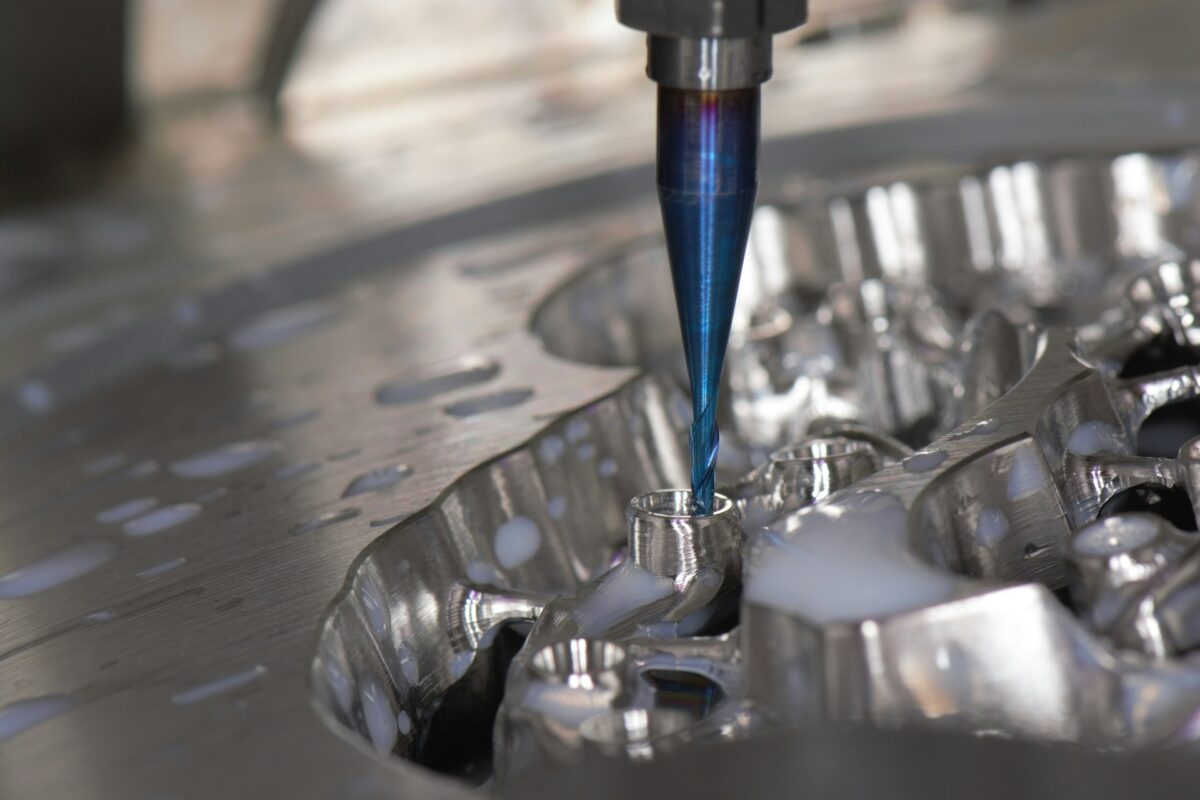In manufacturing, the difference between a cost-effective product and an expensive one often begins long before the first machine is turned on. It starts at the design table. While innovation and functionality drive many design decisions, overlooking the cost implications of those choices can result in products that are unnecessarily complex, difficult to produce, and ultimately more expensive to bring to market.
Studies show that as much as 70–80% of a product’s total manufacturing cost is determined during the design phase. This means that even small decisions such as the choice of material, part geometry, or assembly method can drastically influence expenses down the line. Once a design is finalized, opportunities to cut costs without compromising quality become limited, and manufacturers are often forced to absorb or pass along these inefficiencies.
That’s why avoiding common design mistakes is critical. By focusing on design for manufacturability (DFM) and involving production considerations early in the process, companies can reduce waste, shorten lead times, and protect profit margins—without sacrificing product performance.
Ignoring Design for Manufacturability (DFM)
One of the most common and costly mistakes in product design is neglecting design for manufacturability (DFM). When design and production teams work in silos, products can emerge with overly complex geometries, unrealistic tolerances, or features that are difficult or expensive to produce. For example, a designer might specify intricate curves or fine details that look great on paper but require specialized machining, increasing production time and costs. By integrating DFM principles early and fostering collaboration between designers and manufacturing engineers, these issues can be identified and corrected before they escalate.
Over-Engineering the Product
Over-engineering happens when a product is designed with unnecessary features or materials that do not enhance functionality. While the intention may be to improve durability or aesthetics, over-engineered designs often lead to higher material usage, longer machining times, and more complicated assembly processes. A classic example is adding multiple safety features to a product that could achieve the same function with simpler components. Streamlining the design not only reduces manufacturing costs but also improves efficiency and reliability.
Poor Material Selection
Choosing the right material is critical for cost-effective manufacturing. Opting for exotic or hard-to-source materials without considering machinability, durability, or cost balance can inflate both procurement and production expenses. For instance, specifying a high-end alloy where a common, readily available alternative would suffice increases lead times and adds unnecessary complexity to machining and finishing. Careful material selection ensures that the product meets performance requirements without breaking the budget.
Tight or Unnecessary Tolerances
While precision is essential in certain applications, specifying tight tolerances where they aren’t needed can significantly increase costs. Excessively strict tolerances require more time-consuming machining, higher inspection efforts, and often lead to higher scrap rates. By aligning tolerances with actual functional requirements, designers can avoid unnecessary production complexity and reduce both material waste and labor costs.
Complex Assembly Requirements
Designs that involve too many parts, difficult fasteners, or complicated joining methods slow down assembly and drive up labor costs. Each additional component increases the chance of errors and assembly delays. Solutions like modular design and ease-of-assembly principles can simplify production, reduce mistakes, and ultimately lower costs without compromising product functionality or quality.
Neglecting Standardization
Over-reliance on custom parts rather than standard, off-the-shelf components can lead to longer lead times, higher per-unit costs, and supply chain vulnerabilities. Standardization not only cuts costs but also improves flexibility, simplifies maintenance, and accelerates production timelines. Using proven, widely available components is a smart way to control manufacturing expenses.
Ignoring Tooling and Fixture Costs
Designs that overlook existing tooling, jigs, or fixtures often necessitate expensive custom setups. Custom tooling increases upfront costs and adds complexity to the production process. By considering available manufacturing resources and designing with tooling constraints in mind, companies can minimize unnecessary expenses while streamlining production.
Lack of Scalability in Design
A design that works well for a prototype may not translate efficiently to mass production. For example, 3D-printed prototype parts are often optimized for rapid iteration rather than high-volume manufacturing. Ignoring scalability can lead to redesigns, production delays, and inflated costs when transitioning from prototype to large-scale manufacturing. Designing with scalability in mind ensures smoother, more cost-effective production.
Overlooking Maintainability and Lifecycle Costs
Design decisions don’t stop affecting costs once a product leaves the factory. Products that are difficult to service or replace parts increase warranty claims and after-sales service costs. By considering maintainability and lifecycle costs during the design phase, companies can save money over the long term and improve customer satisfaction.
Not Considering Supply Chain Constraints
Finally, designing without accounting for supply chain limitations can create hidden costs. Materials or components that are difficult to source locally lead to longer lead times, higher import duties, and potential production delays. Early planning with an eye on supply chain realities can prevent costly disruptions and keep manufacturing on schedule and budget.
Conclusion
Design decisions play a pivotal role in determining manufacturing costs. From material selection and tolerances to assembly complexity and supply chain considerations, each choice made during the design phase can either streamline production or drive costs sky-high. Avoiding common mistakes—such as over-engineering, ignoring DFM principles, or neglecting scalability not only saves money but also improves efficiency, product quality, and customer satisfaction.
The key takeaway is clear: collaboration between design, engineering, and manufacturing teams from the very beginning is essential. By integrating DFM principles, standardizing components, and carefully evaluating materials and tolerances, companies can optimize production, reduce waste, and safeguard profit margins.
If you’re looking to create products that are both innovative and cost-effective, start with smarter design decisions. Investing time in design for manufacturability today can save significant costs and headaches tomorrow.
For expert guidance in designing cost-efficient, manufacturable products, contact Innovengg today. Our team specializes in bridging design and production, ensuring your products are optimized for performance, manufacturability, and profitability.

